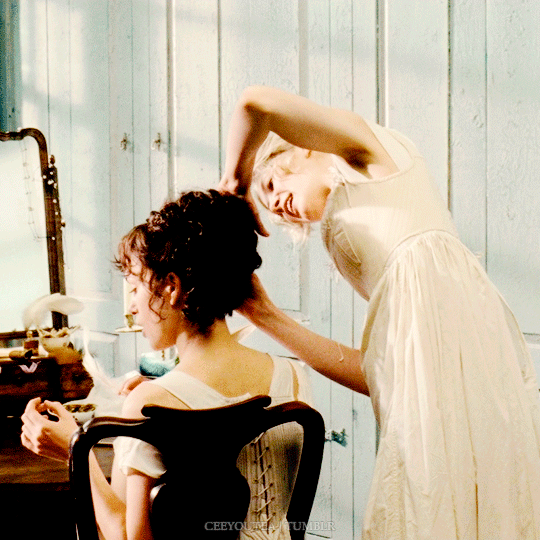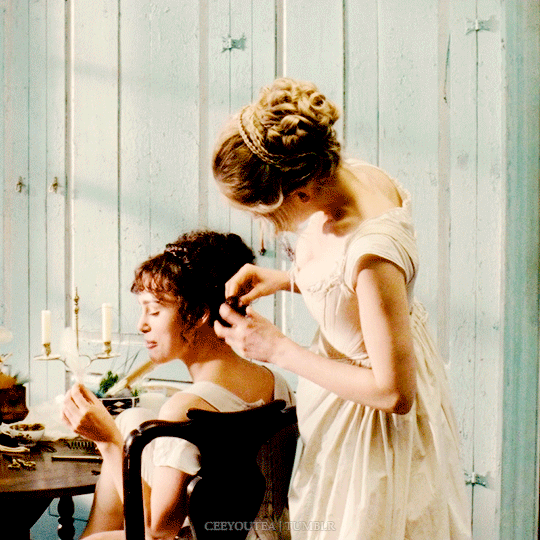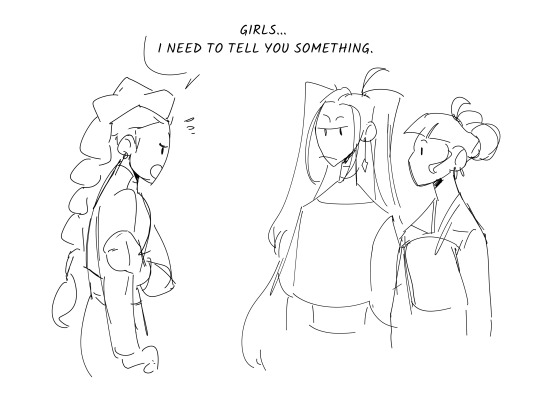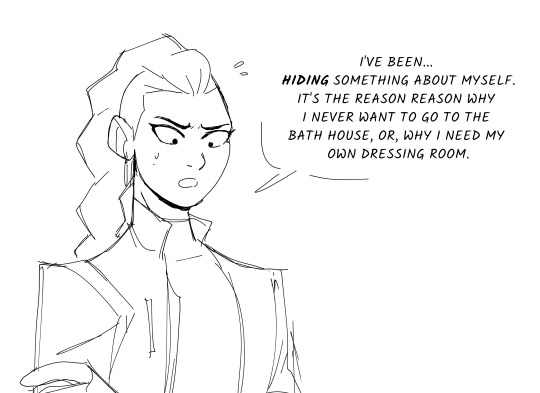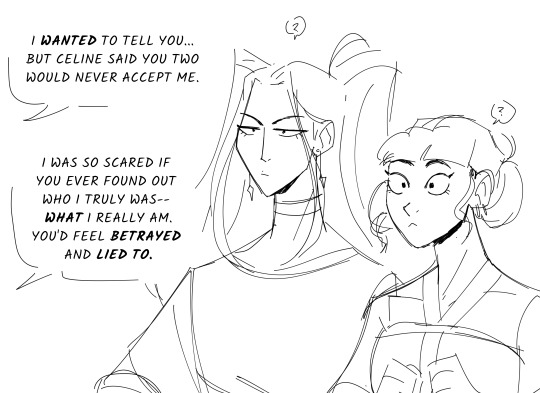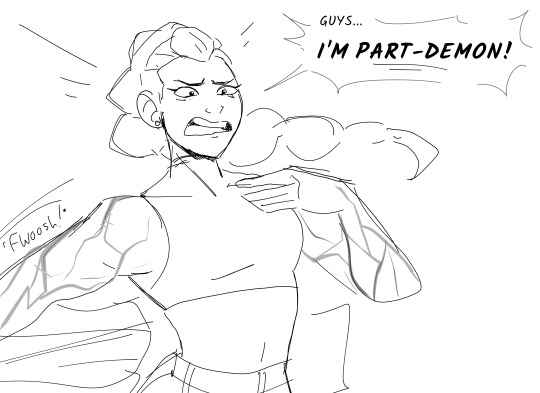Hi everyone! My name's Laura, or just Lau. This blog has no theme except for stuff I like. Expect WLWs, social justice and random rants when I Must Express My Feelings ;) 30yo | ace lesbian | white | cis
Don't wanna be here? Send us removal request.
Text
Also hilarious to me that the lingering shot on the decapitated SecUnit was NOT meant as a moment of reflection. I saw earnest analyses here on Tumblr that I fully agreed with. Yeah, PresAux is being super hypocritical about this dead SecUnit, cheering for its death while ostracizing Murderbot for killing Leebeebee. Surely the show will address this; look at this poignant shot of the dead SecUnit's head!
SIKE. It was a McGuffin with no symbolic meaning whatsoever!!!
#not even tagging it not to be a bitch#but ohmyGOD you mean you WEREN'T trying to express a Theme?#it was just McGuffin establishing shot???#now even Pin-Lee is a murderer. ARE WE GONNA RECKON WITH THAT. HM?.#Are we gonna reckon with how shitty we were to our friend SecUnit when we ourselves are willing to do the EXACT same thing?.#'Better him than me' says Gurathin. After being a bitch to SecUnit for the whole show.#YEAH BETTER HIM THAN YOU GURATHIN#BETTER LEEBEEBEE THAN YOU DON'T YOU THINK??
9 notes
·
View notes
Text
Murderbot show earns a hearty "fine" from me. It just doesn't reproduce the vibes of the book that I really like.
I think Mensah having her back to MB while its in critical condition, focused on Pin-Lee and Gurathin instead, and Gurathin being the one to notice SecUnit is in distress, and then it crashes thinking how much it values its humans (WHO ARE CURRENTLY IGNORING IT)........
....VS Mensah frantically screaming at Murderbot to shut up because they'll not let it die....
...neatly encapsulates why the show didn't do it for me much.
#Murderbot#like I'm sorry#I know it's really though but it just FELL OFF A CLIFF to protect you#can we show some worry?? some worry for our SecUnit friend who's definitely bleeding into its bowels??#'You did it'?? MENSAH IT JUST FELL OF A CLIFF ASK IT IF IT'S OKAY??
27 notes
·
View notes
Text
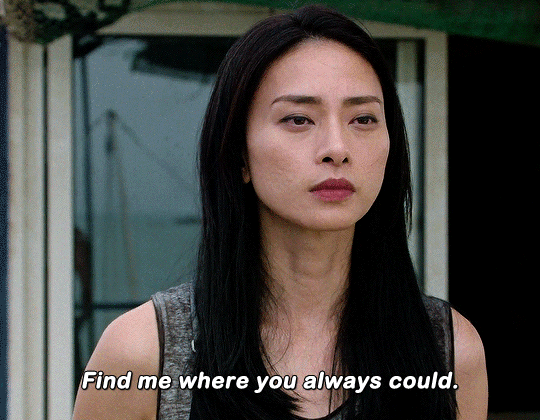

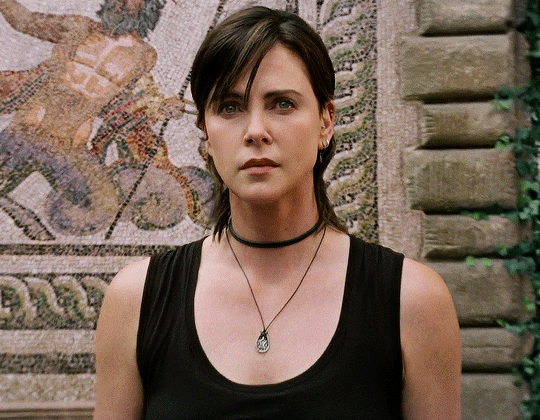



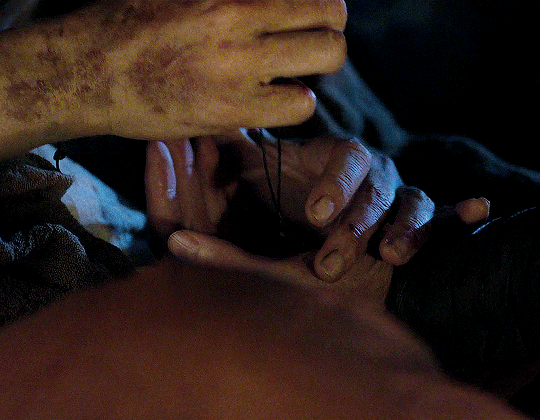
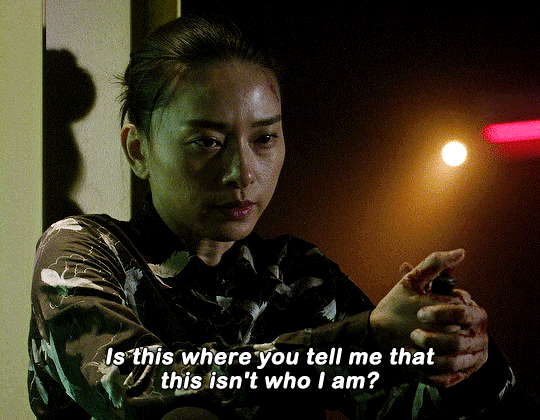

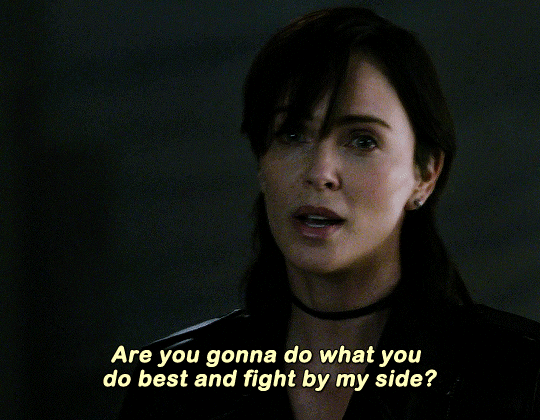
For fifteen hundred years it was just her and me. THE OLD GUARD 2 (2025)
1K notes
·
View notes
Text
You're so right and you should say it.

I’m still extremely skeptical about the movie adaptation of the Scholomance. Of course Hollywood would pick it to adapt; it is much more advertisible; but it is so much less adaptable. The books are just FUN EXPOSITION: THE TRILOGY, and rely entirely on El’s amazing narrator voice, and it’s gonna be a pain in the butt to translate to a visual medium.
Why not Spinning Silver!!! For fuck’s sake, it was RIGHT THERE!!!
The exposition in Spinning Silver is largely through dialogue; it has that awesome triple storyline structure that would work so well for interweaving plots in a movie; it is visually beautiful, with heavy CGI needed only for the Staryk Kingdom bits; and it has an extremely cinematic climax.
Watching Miryem flip an entire treasury from silver to gold, melting a fire demon to bits, would be so much easier to put on screen than having to explain the fifteen mental hoops El goes through before she can kill the fucking Library Mawmouth.
#but now you ARE making me imagine The Big Short style celebrity cameos explaining El's info dumps#just stop the story short to let her montage-info-dump at the audience#I would eat it the fuck up but general audiences would probably hate it LOL
299 notes
·
View notes
Text
The eye flap hanging over his eyes counts as a brim! As the purpose of it is to symbolically obscure their faces
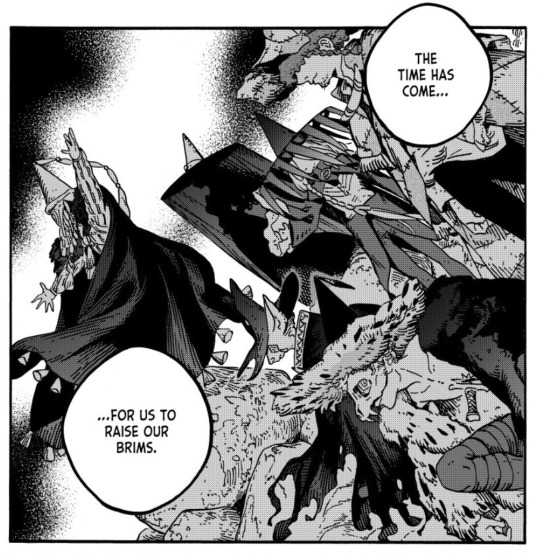
Oh Jesus fuck
Also, I do wonder why the leader there doesn't have a brim while everyone is showing theirs. They don't have reasons to hide them here
20 notes
·
View notes
Text



a couple homoerotic trio poses from pinterest lol
5K notes
·
View notes
Text

happy make a terrible comic day!!! i haven't stopped thinking about this post since i saw it. in 2018 a common merganser was spotted with 76 (SEVENTY SIX!!!) chicks!! that's SOOOO many baby. so much success.
33K notes
·
View notes
Text
i was a kid asking questions like "when you say to rate my pain on a scale of 1 to 10 do you mean relative to what i have experienced before or what i could theoretically experience in the future because what if i say 8 and then later i get twenty billion papercuts and i realise relative to that this pain is a 1" and they would reply "just focus on what you know, you literally had your foot ran over by a ford focus" and id say "well exactly but it could have been both feet which i know would surely be worse" and it still took years to diagnose me as autistic
#posts like this make me think of how utterly STUBBORN neurotypical society can be#like it's an A/B question. It would take two seconds to answer.#but so many neurotypicals refuse to engage because... who the fuck knows.#because it's not the point; because they deign the question weird or superfluous; I guess#but sometimes it really feels like they refuse to engage just to be little bitches!!#ENGAGE PEOPLE WHERE THEY'RE AT#often times it's NOT hard but people really do REFUSE to go out of their way#amazing.
49K notes
·
View notes
Text


how low can you bow - KPop Demon Hunters (2025)
+ bonus


11K notes
·
View notes
Text





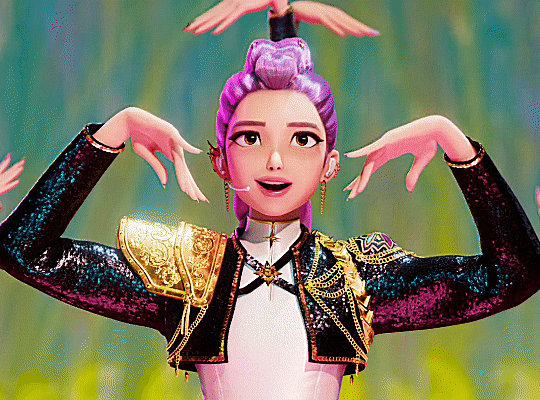
Demon Hunters through generations 🎶 K-Pop Demon Hunters (2025)
24K notes
·
View notes
Text



KPOP DEMON HUNTERS (2025) dr. Maggie Kang and Chris Appelhans
16K notes
·
View notes


